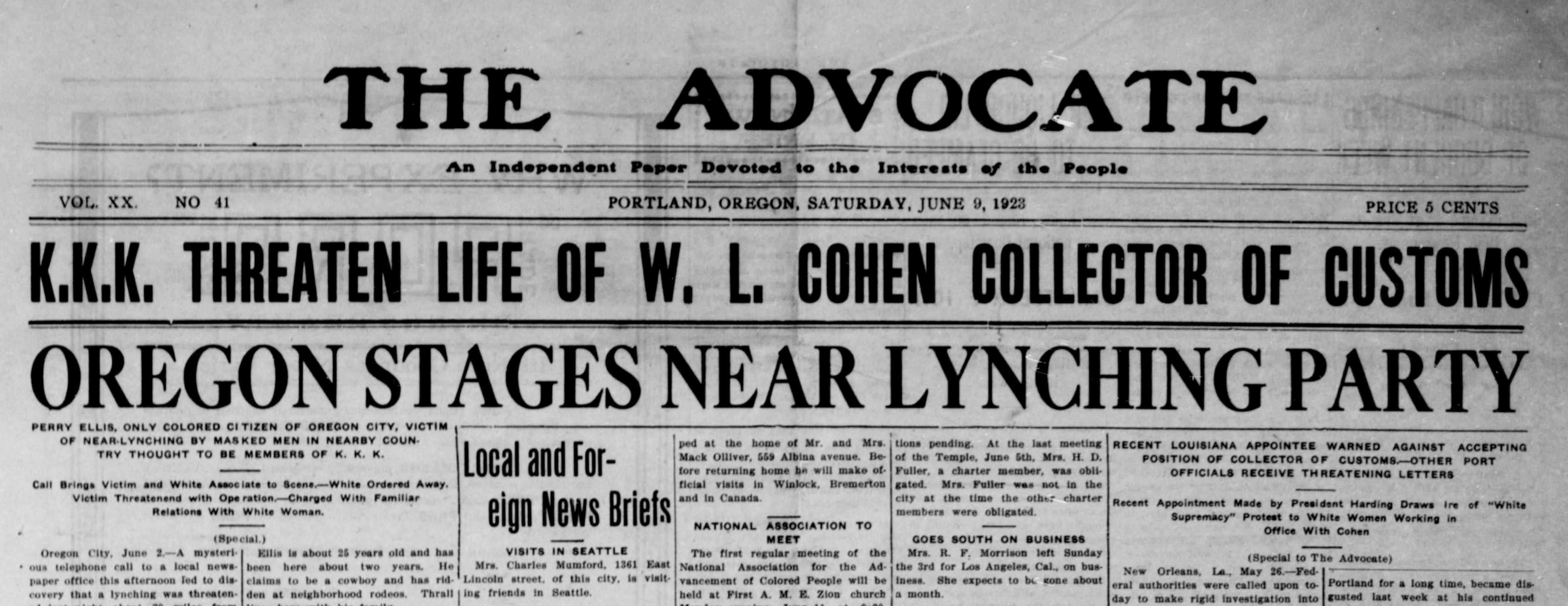The Definitive Guide to News Articles
The Definitive Guide to News Articles
Blog Article
5 Easy Facts About News Articles Shown
Table of ContentsNot known Facts About News ArticlesAbout News ArticlesSome Ideas on News Articles You Should KnowMore About News ArticlesIndicators on News Articles You Need To Know
Excellent expertise of various subjects provides students an affordable edge over their peers. Despite the fact that digital and social media are easily easily accessible, we need to not forget just how important it is to read the newspapers. Moms and dads need to attempt and inculcate the routine of reviewing a newspaper as an everyday regimen to continue the tradition of the revered print medium.Information tales additionally contain at least one of the complying with essential characteristics loved one to the desired audience: proximity, prominence, timeliness, human rate of interest, strangeness, or consequence.
Within these restrictions, information tales also aim to be comprehensive. Amongst the bigger and a lot more revered newspapers, fairness and equilibrium is a major element in offering information.
Papers with an international target market, for instance, tend to use a more official style of creating. The particular choices made by an information outlet's editor or content board are usually accumulated in a style guide; usual style overviews include the and the United States Information Design Book. The main goals of news writing can be summed up by the ABCs of journalism: accuracy, brevity, and clearness.
Unknown Facts About News Articles
Generally, journalists will not utilize a long word when a short one will do. They utilize subject-verb-object building and construction and vivid, active prose (see Grammar). They provide anecdotes, instances and metaphors, and they hardly ever depend upon generalizations or abstract ideas. Information authors try to prevent utilizing the very same word a lot more than as soon as in a paragraph (in some cases called an "echo" or "word mirror").
Headlines sometimes leave out the topic (e.g., "Leaps From Watercraft, Catches in Wheel") or verb (e.g., "Feline female lucky"). A subhead (additionally subhed, sub-headline, subheading, subtitle, deck or dek) can be either a subservient title under the major headline, or the heading of a subsection of the post. It is a heading that comes before the major message, or a team of paragraphs of the major text.

Added signboards of any of these types may appear later in the article (especially on succeeding web pages) to tempt more reading. Such billboards are likewise utilized as guidelines to the write-up in other sections of the magazine or website, or as promotions for the item in various other magazine or websites. Regular structure with title, lead paragraph (summary in bold), various other paragraphs (details) and contact info.

Example of a hard-lead paragraph NASA is proposing an additional room project. The spending plan requests around $10 billion for the task.
An "off-lead" is the second most vital front page information of the day. To "hide the lead" is to begin the short article with background information or details of secondary importance to the visitors, requiring them to check out even more deeply into an article than they must have to in order to uncover the important points.
News Articles - The Facts
Common use is that a person or more sentences each develop their own paragraph. Reporters generally define the company or structure of a newspaper article as an inverted pyramid. The important and most interesting components of a tale are placed at the beginning, with supporting info complying with in order of decreasing value.
It permits people to explore a topic to only the deepness that their inquisitiveness takes them, and without the charge of details or nuances that they could consider unimportant, however still making that information available to much more interested visitors. The upside down pyramid framework additionally enables posts to be cut to any arbitrary length throughout format, to fit in the space offered.
Some authors start their stories with the "1-2-3 lead", yet there are numerous kinds of lead readily available. This layout you could try here inevitably starts with a "5 Ws" opening up paragraph (as explained above), complied with by an indirect quote that offers to sustain a major aspect of the very first paragraph, and afterwards a direct quote to support the indirect quote. [] A kicker can describe multiple points: The last story current program; a "pleased" tale to end the program.
Longer write-ups, such as magazine cover write-ups and the pieces that lead the within sections of a paper, are understood as. Feature tales vary from straight news in a number of means.
See This Report about News Articles
The journalist frequently details interactions with interview subjects, making the piece more personal. A feature's very first paragraphs commonly connect an interesting special info minute or occasion, as in an "unscientific lead". From the particulars of an individual or episode, its sight swiftly widens to generalities about the story's topic. The area that signifies what an attribute is about is called the or billboard.

The Editor's Tool kit: A Recommendation Overview for Beginners and Professionals (2001) Allan M. Siegal and William G. Connolly. The New York Times Manual of Design and Usage: The Official Design Overview Used by the Writers and Editors of the World's Many Authoritative Newspaper (2002) M. L. Stein, Susan Paterno, and R.
Report this page